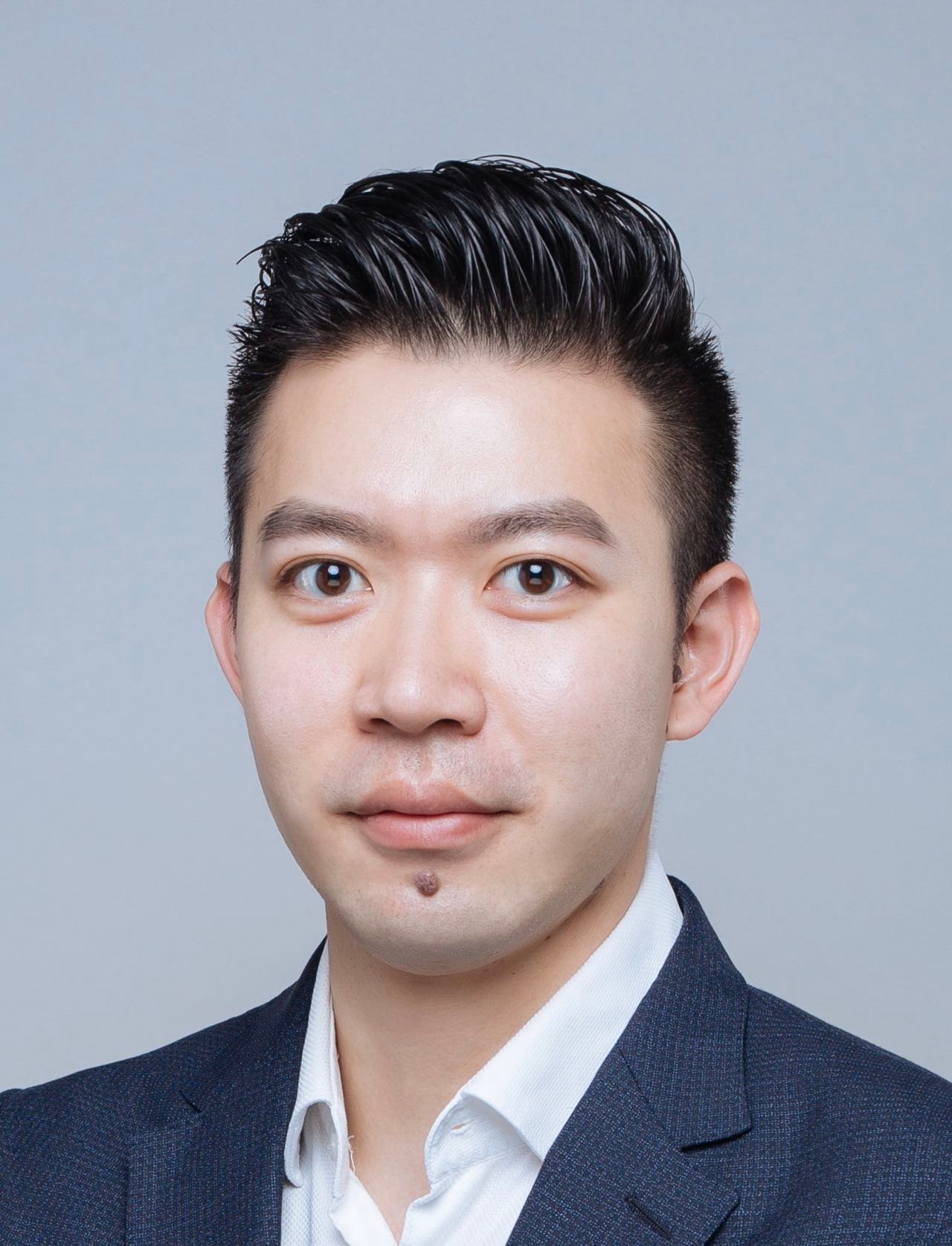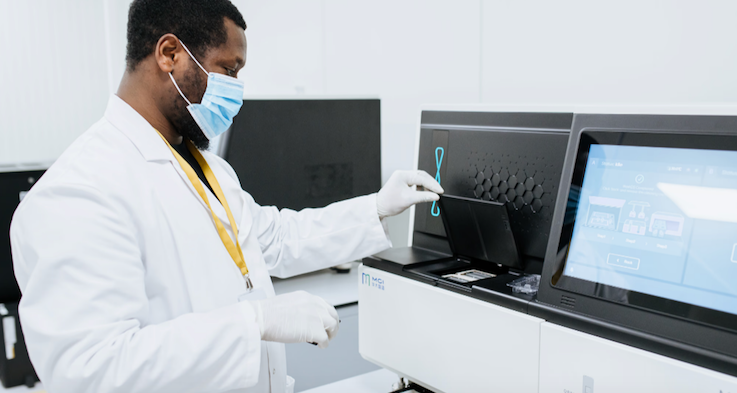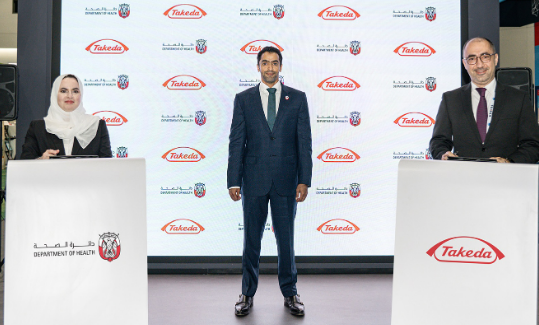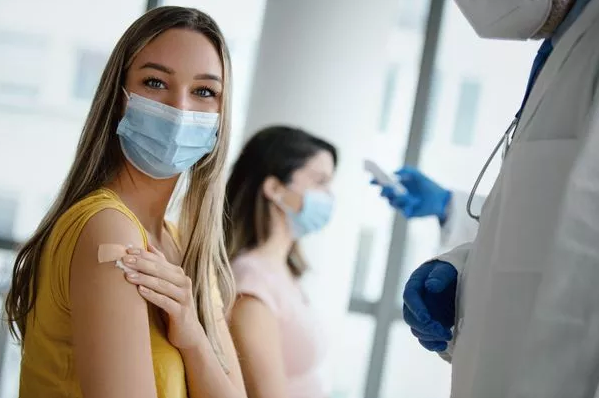Traverse the rapid evolution of AI in combating the pediatric myopia epidemic in Asia
21 May 2024 | Opinion | By Hithaishi C Bhaskar
To commemorate the Myopia Awareness Week, which runs May 13-19, and to emphasize the significance of awareness Tacy Song, Head of Professional Services, Myopia, APAC at CooperVision, and Dr Foo Li Lian, Consultant Ophthalmologist at Singapore National Eye Centre, discuss in greater detail the role that technology plays in treating myopia.
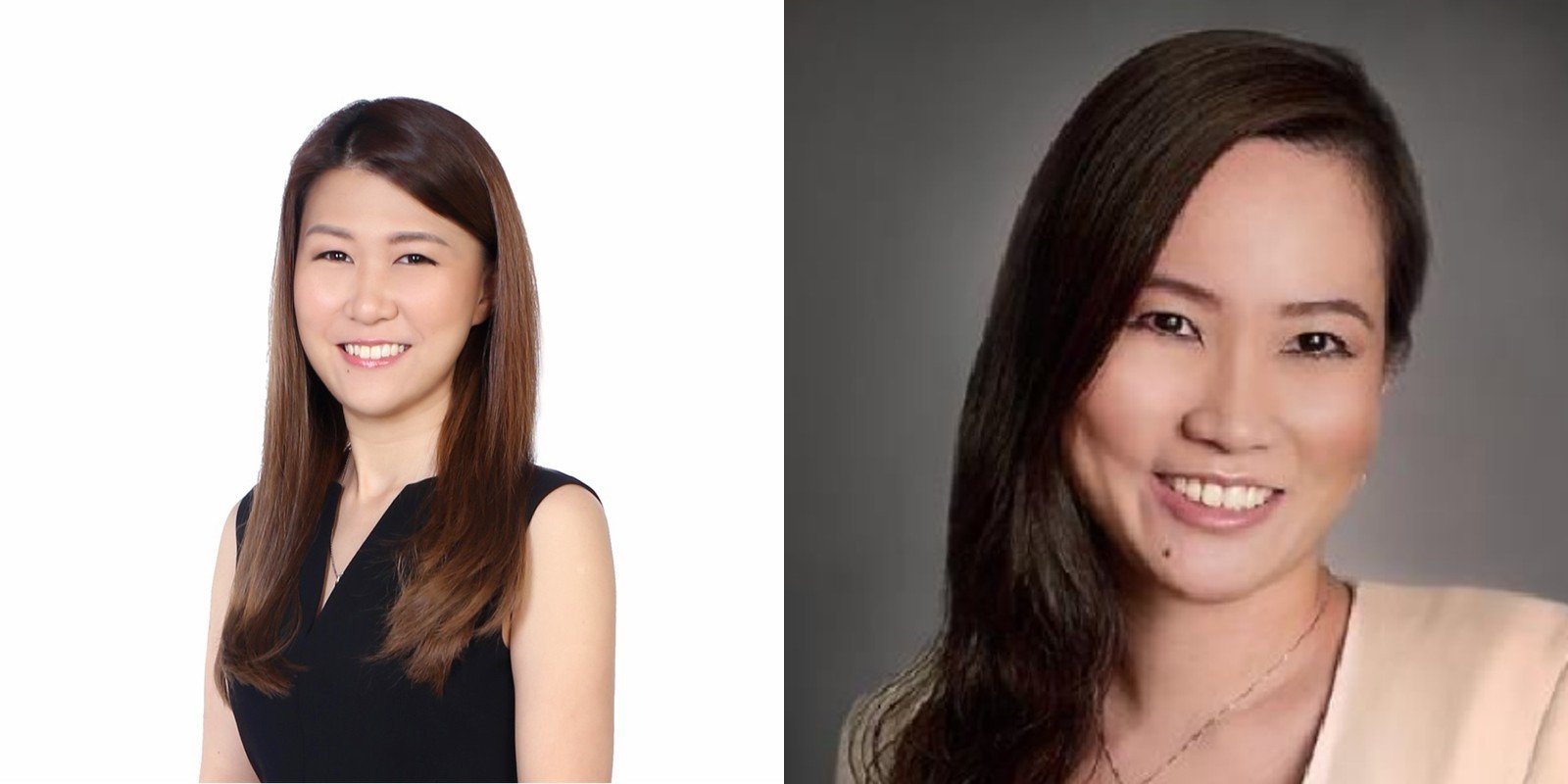
The urgency to address the myopia epidemic among children has never been more pressing. Recent studies reveal an alarming reality: the prevalence of myopia is growing around the world, with a recent study estimating that 30% of the world is currently myopic and by 2050, 50% will be myopic. However, addressing ocular diseases many challenges, from understanding its complexities to implementing effective screening and treatment measures.
This is where technological innovations and artificial intelligence (AI) can come in. It can help with myopia risk prediction, screening, diagnosis, pathogenesis and treatment. Despite being in its early stages, AI research in myopia holds immense promise in enhancing our understanding of this prevalent condition.
It has already made significant contributions to the landscape of medical research and clinical practice, yet its full potential in reshaping myopia care remains untapped. Currently, researchers are pioneering machine-learning models to predict myopia progression, while technological innovations, such as miniature saline-powered battery that can fit under a lens, paving the way for the pursuit of smart contact lenses that can monitor its wearer’s health through glucose readings on the eye’s surface.
As part of Myopia Awareness Week, which runs May 13-19, the awareness is raised on the significant problem of myopia, which is often underestimated for the danger it poses.
To commemorate the significance and emphasize the impact of awareness Tacy Song, Head of Professional Services, Myopia, APAC at CooperVision, and Dr Foo Li Lian, Consultant Ophthalmologist at Singapore National Eye Centre, discuss in greater detail the role that technology plays in treating myopia.
- How do you perceive the current treatment landscape for Childhood Myopia in Asia? What constitutes a compatible treatment modality?
Dr Foo: The current treatment landscape for Childhood Myopia in Asia is rapidly evolving with a variety of options that shows great promise. These include a variety of modalities such as contact lenses, spectacle lenses, red light therapy, and pharmacotherapies like atropine eye drops, with several other options currently in development. A compatible treatment modality should not only effectively slow down the progression of myopia with good safety profile but integrate well into a child’s lifestyle. For example, a child athlete or ballet dancer would benefit from treatment with contact lenses, which provide both effective myopia control and vision correction.
Tacy Song: Conventional approaches like single vision spectacles aimed at only correcting vision and not slowing myopia progression remain prevalent. Having said that, the current treatment landscape is evolving rapidly. In recent years, advancements in technology and a growing body of research have significantly expanded our understanding of myopia development and treatment options. There has been growing evidence supporting the effectiveness of myopia control spectacles and growing interest in innovative approaches like Orthokeratology, myopia control soft contact lenses and atropine. A compatible treatment modality in this landscape would ideally offer effective myopia control, compliance, quality of vision, quality of life, and safety.
- What is your perspective on the unsolved challenges in global eye healthcare? How can we tap the fullest potential of AI tolls to reshape myopia care?
Dr Foo: Global eye healthcare faces challenges in accessibility, affordability, and scalability. Artificial Intelligence (AI) tools have immense potential to reshape myopia care and address these barriers. By leveraging advanced algorithms and machine learning, AI can enhance the efficiency and accuracy of screening and diagnosis. For instance, AI-powered screening tools can quickly and accurately identify myopia in large populations, facilitating early intervention and treatment.
Moreover, AI can improve treatment accessibility. Telemedicine platforms, powered by AI, enable remote consultations, making expert care available to patients in remote and underserved areas. AI can also personalize treatment plans by analyzing vast amounts of data to recommend the most effective interventions based on individual patient profiles.
- Can AI potential be leveraged to provide accurate risk prediction, screening, diagnosis, pathogenesis, and treatment of rapidly emerging cases of myopia?
Dr Foo: AI has the potential to accurately predict risks, offer precise screening, aid in diagnosis, understand pathogenesis, and potentially in the near future, suggest personalized treatment plans for rapidly emerging myopia cases.
In the myopia ecosystem, AI has demonstrated its applicability across various areas. These include predicting the child’s degree using fundus photos, monitoring myopia progression in school children, tracking growth in the eyeball’s length, assessing the extent of myopia in adolescents, and detecting issues such as retinal tears through ultra-wide retina photography.
We have also recently developed algorithms to predict the 5-year risk of developing high myopia in a multi-racial group of schoolchildren aged between 6 to 12 years old. Our algorithms demonstrated good predictive performance ranging from 90-98% in accuracy in identifying children who eventually developed high myopia. Importantly, simply with just an image of the retina alone, we were able to achieve a performance of 94%. Understanding the reasoning behind the AI prediction is important and our system was able to pinpoint areas of interest within the eye that led to the prediction.
Our AI algorithms have the potential to be translated and implemented into community or school-based programs by installing it into commercially available retinal cameras to identify at-risk children for further assessment and intervention if required. With future development and maturation of this AI system, it has the potential to be used as a clinical assistant to determine which children are at higher risk of developing high myopia. Through early identification, targeted and timely myopia control therapies may be instituted to reduce the risk in these children.
- In your opinion, how is Asia responding to the MM urgency? Does the region have an adequate collaboration and involvement of stakeholders to raise public awareness?
Dr Foo: Asia is actively responding to the urgent need for Myopia Management (MM) through heightened awareness and enhanced collaboration among stakeholders. This collaboration involves policymakers, eye care professionals, educators, parents, and children. We are seeing that in multiple countries including Singapore, China, Japan, and South Korea. Despite this progress, there is still significant room for improvement. Expanding awareness and education initiatives, and improving accessibility to myopia control treatments are essential steps in effectively combating the myopia epidemic. This includes ensuring that treatments are readily available and accessible to all who need them, regardless of their location or socioeconomic status.
Tacy Song: Asia's response to the urgency of MM and stakeholder involvement has certainly gained momentum in recent times. With high prevalence rates of myopia in the region, awareness among healthcare professionals, parents, and policymakers about the long-term consequences of untreated myopia is growing. There have also been innovative approaches, such as in the case of China where they are currently assessing the impact of a classroom’s changing spatial frequency spectra to mimic outdoor scenery on myopia onset and progression. Having said that, for MM to be the standard of care, there's still much work to be done to comprehensively highlight the multifaceted impact of myopia, public health effect, risk factors, pathogenesis, and treatment options from various perspectives.
- How is Coopervision strategizing MM? How has MM portfolio improved over the last few years?
Tacy Song: CooperVision has been strategically investing in MM to address the increasing prevalence of myopia worldwide. Our MM portfolio has significantly expanded in recent years, offering a range of options tailored to different patient needs and preferences. Specifically, MiSight® 1 day has been a game-changer, revolutionizing the approach to myopia control with its daily disposable design and proven efficacy. With FDA and its equivalent bodies approval around the world, MiSight® 1 day is available in more than 30+ countries and provides reassurance and confidence to clinicians, parents, and child alike.
(LEFT) Tacy Song, Head of Professional Affairs, Myopia Management, CooperVision APAC : Tacy is an Optometrist based in Singapore, and is currently the Head of Professional Affairs where she leads the myopia Management strategy for the Asia-Pacific region and is the program chair for the Asia-Pacific Myopia Management Symposium.
(RIGHT) Dr Li Lian Foo, Consultant Ophthalmologist, Clinical Assistant Professor, Singapore National Eye Center (SNEC) : Dr. Li Lian Foo is specialized in childhood myopia control and refractive surgeries, and the is the first Ophthalmologist to complete the Myopia fellowship at SNEC. Dr. Foo has been recognized as one of the top 10 rising stars by The Ophthalmologist Power List in 2023.






